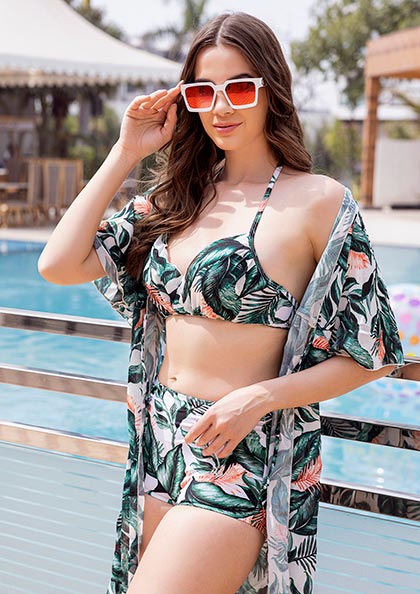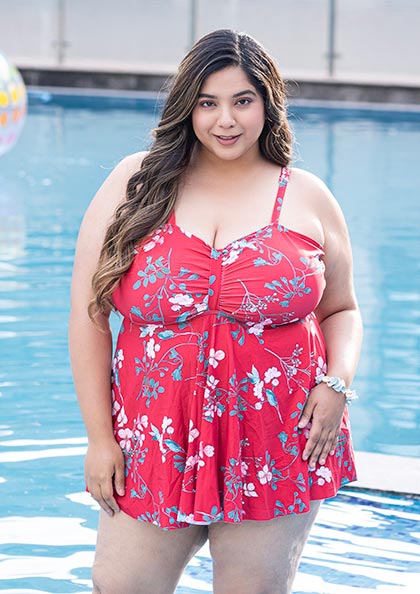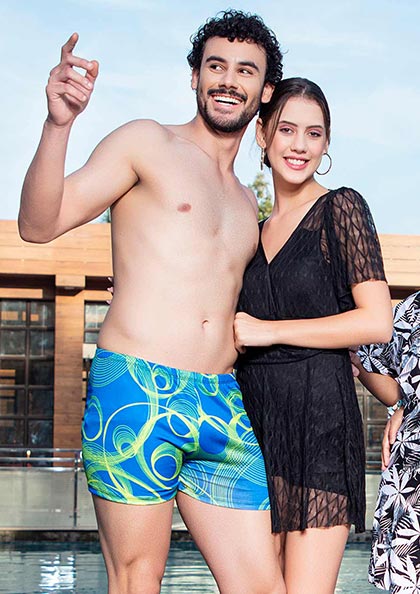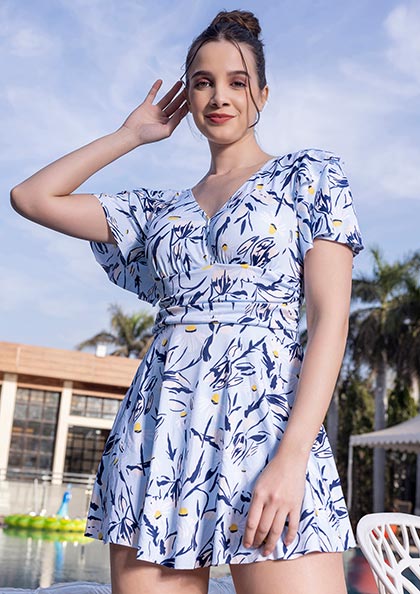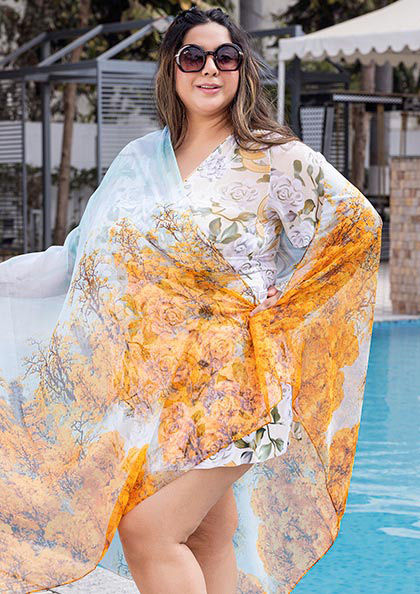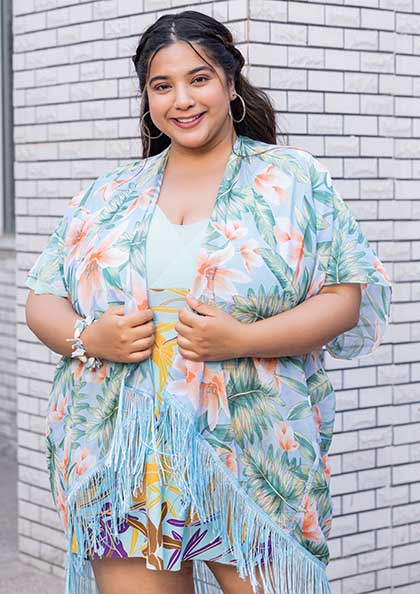LOVEBIRD LINGERIE'S MAGIC CLOTH

 Most of our products at Lovebird Lingerie are famous due to the fabric so let us today brief you about
the the magic fabric.Some call it the underwear fabric and some just look to it as an
environmentally-friendly textile option. Either way, modal is revolutionizing the fashion industry with
its lightweight, stretchy, and breathable nature that takes beech tree pulp and turns it into an
eco-conscious, durable option for clothing and housewares.
Most of our products at Lovebird Lingerie are famous due to the fabric so let us today brief you about
the the magic fabric.Some call it the underwear fabric and some just look to it as an
environmentally-friendly textile option. Either way, modal is revolutionizing the fashion industry with
its lightweight, stretchy, and breathable nature that takes beech tree pulp and turns it into an
eco-conscious, durable option for clothing and housewares.
What Is Modal Fabric?
Modal fabric is a semi-synthetic fabric made from beech tree pulp that is used primarily for clothing, such as underwear and pajamas, and household items, like bed sheets and towels. Modal is a form of rayon, another plant-based textile, though it is slightly more durable and flexible than the standard version. Modal is often blended with other fibers like cotton and spandex for added strength. Modal is considered a luxurious textile thanks to both its soft feel and high cost, as it is more expensive than either cotton or viscose.
Modal was originally developed in Japan in the 1950s. Today, most modal is produced by the Austrian company Lenzing AG, which has the trademark for the fabric; its brands include Lenzing Modal, China Modal, and Formatex. There are even lighter versions of the material dubbed MicroModal and Modal Air by Lenzing. These versions are even finer knit than standard modal and make the end product softer, therefore items made from these fabrics are considered even more luxurious.
How Is Modal Fabric Manufactured?
 Modal fabric is a bio-based fabric that is made from spinning reconstituted beech tree cellulose. Modal
is generally considered a more eco-friendly alternative to cotton because beech trees don’t require much
water to grow and therefore the production process uses about 10-20 times less water.
Modal fabric is a bio-based fabric that is made from spinning reconstituted beech tree cellulose. Modal
is generally considered a more eco-friendly alternative to cotton because beech trees don’t require much
water to grow and therefore the production process uses about 10-20 times less water.
Even though the material is plant-derived, the production process includes soaking the fabric in chemicals like sodium hydroxide and carbon disulfate, which in turn classify modal as semi-synthetic. Modal is a type of rayon fabric, but it is generally more durable than regular rayon and feels softer, like cotton.
Production Guide: What Is the Production Process for Modal?
 1. Beech trees are harvested, chipped, and cellulose is extracted from the pulp.
1. Beech trees are harvested, chipped, and cellulose is extracted from the pulp.2. Next, the cellulose is made into sheets, which are soaked in sodium hydroxide. 3. Those sheets are broken into smaller pieces, which are soaked in carbon disulfate. This produces sodium cellulose xanthate.
4. Cellulose xanthate is soaked in sodium hydroxide again. The subsequent liquid solution is put through a spinneret, which is a device with a series of holes that help create fibers.
5. The created fibers are soaked in sulfuric acid to form yarn. Once washed, bleached, and dried, the yarn is loaded onto spools.
6. From there, the yarn can be woven or knit into a fabric to form modal.
12 Benefits to Using and Wearing Modal Fabric Modal is considered a luxury textile and is often used to blend with other fabrics to give a high-end feel with its lightness and softness. It has become very popular among eco-conscious fashion designers.
1. Stretchy.
Modal’s flexibility makes it ideal for items like t-shirts and athletic wear.
2. Soft.
Modal l has an incredible soft touch, and is often used for bed sheets,pajamas and undergarments.
3. Breathable.
Modal is great for sports clothing and everyday clothes because the fabric’s weave is very breathable.
4. Water absorbent.
Modal is 50% more absorbent than cotton; micropores inside the fabric absorb any water or sweat they come into contact with.
5. Durable.
Modal is very strong because of the tight weave and the long fibers and is therefore used for garments and housewares that receive regular use.
 6. Drapes well.
6. Drapes well.Similar to rayon and other silk alternatives, modal has a beautiful drape that makes it ideal for clothing and decoration.
7. Eco-friendly.
Modal is made from regenerative plants and there are fewer chemicals used in the production process than with other types of rayon.
8. Doesn’t pill.
The fabric resists pilling and has a smooth finish that makes it ideal for everyday wear and use.
9. Color fast.
The fabric absorbs dye in warm water and does not bleed dye during the laundering process.
10. Doesn’t shrink.
Unlike most forms of rayon, modal is much less likely to shrink in the wash.
11. Biodegradable.
Modal is completely biodegradable.
12. Doesn’t crease.
Modal resists wrinkles and will stay smooth with minimal ironing.

-By Juli Singh
Content writer or story teller
At Lovebird Lingerie
Content writer or story teller
At Lovebird Lingerie
Featured Products
-
 Lovebird Lingerie Woman BLUE BERRY UNERWIRE MINIMIZER BRA
₹ 800.0 ₹ 1599.0
Lovebird Lingerie Woman BLUE BERRY UNERWIRE MINIMIZER BRA
₹ 800.0 ₹ 1599.0



